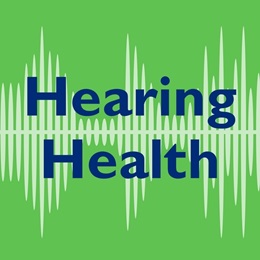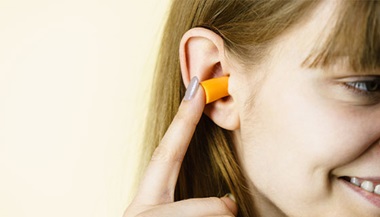How to Know If Your Child Needs Glasses
Reviewed By:
Undetected vision problems can impact your child’s performance both in and out of the classroom. Therefore, it’s important to understand eye health so you can recognize the signs that your child may have a vision problem and possibly need glasses.
“The visual system in a child is still developing during the first seven to eight years of life. In some cases, glasses may be necessary to help normal visual development,” says Johns Hopkins ophthalmologist Megan Collins, M.D.
Why Children Wear Eyeglasses
According to Collins, children often wear glasses for several reasons, such as:
- Improving vision
- Strengthening vision in a weak or amblyopic (lazy) eye
- Improving the position of their eyes (crossed eyes or misaligned eyes)
- Providing protection if they have poor vision in one eye
Signs Your Child Might Need Glasses
Here are a few signs that indicate your child may be experiencing vision problems and need glasses:
- Squinting. Squinting may be a sign that your child has a refractive error , which affects how well the eyes focus on an image. By squinting, your child may be able to temporarily improve the focus and clarity of an object.
- Tilting head or covering one eye. Your child might cover one eye or tilt his or her head to adjust the angle of vision in an attempt to increase clarity. This might be an indication that the eyes are misaligned or that your child has amblyopia, also known as lazy eye, which is one of the most common eye disorders in children.
- Sitting too close to the television or holding hand-held devices too close to the eyes. Sitting too close to the television, holding hand-held devices too close to the eyes or lowering the head while reading are all possible signs of poor vision. People who have myopia, or nearsightedness, have clear vision at close range and poorer vision at a distance. Bringing an object closer makes an image bigger and clearer.
- Rubbing eyes excessively. Excessive eye rubbing may indicate that your child is experiencing eye fatigue or strain. This could be a sign of many types of vision problems and conditions, including allergic conjunctivitis .
- Complaining of headaches or eye pain. If your child complains about eye pain or headaches at the end of the day, he or she may be overexerting the eyes in an effort to increase focus of blurred vision.
- Having difficulty concentrating on school work. Because children need to quickly and accurately adapt their visual focus from distant to near and on a number of different objects ranging from chalkboards and computers to textbooks and tablets, vision problems may manifest as a lack of focus on schoolwork.
What to Do If Your Child Fails a Vision Screening
Normally, vision screenings are conducted by your child’s pediatrician or school. “If your child fails a vision screening, the most import thing to do is be seen by an eye care provider for a comprehensive eye exam,” Collins says.
A comprehensive exam assesses visual acuity, or the clarity and sharpness of vision, and may also check for:
- Strabismus (crossed eyes) and eye alignment
- Depth perception
- Overall health of the inside and outside of the eye
- Indications of more serious eye conditions
If your child already has glasses, it’s important to get eyes checked by an eye care provider every year.
Optimal vision is essential to the learning process. Many people don’t realize how many problems poor vision can cause for school-aged children. Therefore, it is important to be aware of your child’s overall eye health and what you can do to safeguard it.






